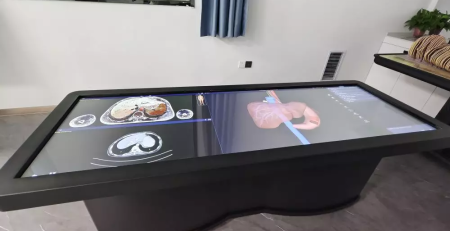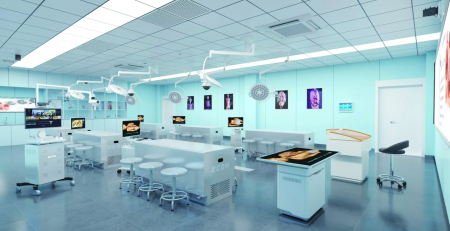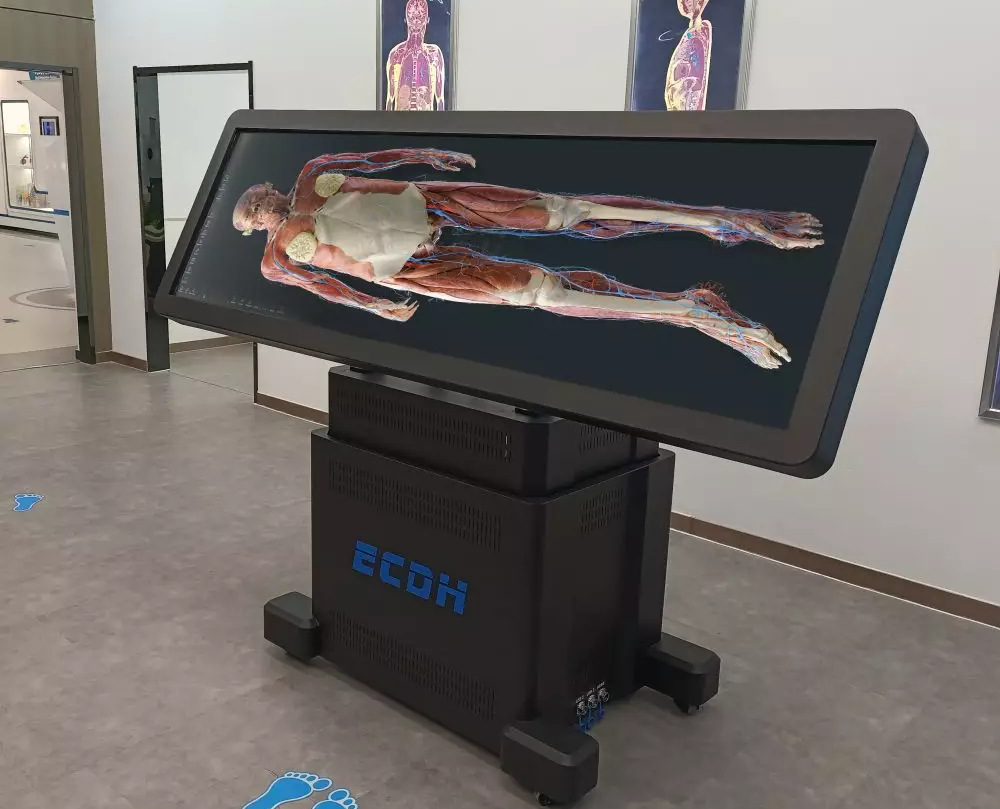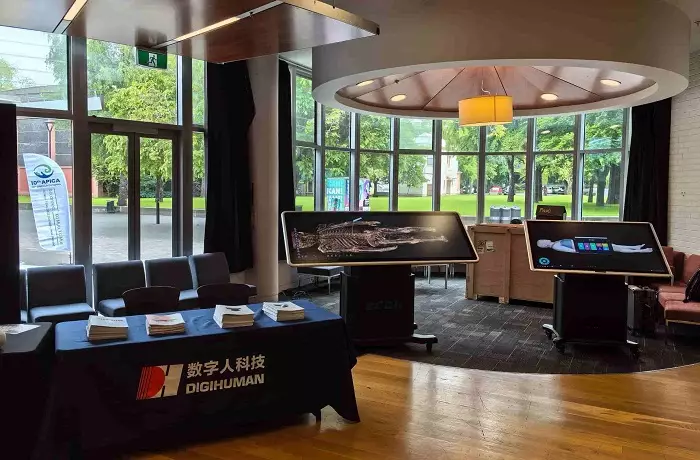A Comprehensive Guide to Virtual Dissection Table
A Comprehensive Guide to Virtual Dissection Table
Date:
The anatomy lab has long been an essential venue for cultivating medical students’ practical skills. However, it also faces limitations that are difficult to ignore.
For example, with the expansion of the educational scale, the limited cadaver sourcing, coupled with strict ethical reviews and donation procedures, makes it difficult to meet teaching demands. Additionally, long-term preservation requires expensive chemical reagents (such as formaldehyde) and constant-temperature facilities, resulting in high maintenance costs.
How can these problems be addressed? Virtual dissection tables emerged as an effective solution. Through high-precision 3D modeling and interactive software, students gain unlimited access to digitized specimens of human anatomical structures.
This blog will discuss more about virtual dissection tables, including benefits and applications. Read on to learn more!
Table of Contents
ToggleWhat is a Virtual Dissection Table?
The virtual dissection table, also known as the digital anatomy table or 3D virtual anatomy table, is an advanced hardware-software integrated platform that utilizes 3D technology to create interactive, high-resolution anatomical models. These 3D models allow users to explore human anatomical structures in a dynamic and immersive environment.
Although it is a virtual simulation, it accurately and comprehensively repeats structures such as the human bones, muscular, nerves, and vascular systems. Students can perform touch-based operations, zooming, rotating, or dissecting various structures layer by layer to deepen their understanding.
What are the Benefits of Virtual Anatomy Tables?
The 3D virtual dissection table acts as an innovative tool that addresses the shortcomings of traditional anatomy teaching. It offers comprehensive, safe, efficient, and scalable features:
1. Rich Anatomical Resources
The virtual dissection table contains complete sets of tomographic image data for both male and female bodies, covering different ages, genders, and pathological states, enabling students to compare and analyze normal and abnormal anatomical structures.
With its human peel and see-through functions, it reveals structures from superficial to deep layers, such as skin, muscles, blood vessels, nerves, and organs, helping learners gain an in-depth understanding of the spatial relationships among various human body systems.
2. Safe and Risk-Free
In traditional anatomy experiments, cadavers or organs need to be treated with formaldehyde and stored in specialized preservation equipment. Each classroom demonstration requires reopening the specimens. Repeated operations can easily cause wear, and improper handling by students may even damage the specimens.
However, the virtual dissection table eliminates exposure to harmful chemicals (such as formaldehyde) or biohazard risks associated with traditional dissection, ensuring the health of both teachers and students. Additionally, the digital models in the virtual dissection table cannot be damaged, allowing users to perform dissections repeatedly without worrying about specimen degradation.
3. Efficient Teaching Outcomes
Digital anatomy tables are also crucial for enhancing overall teaching outcomes. How? Well, students can view anatomical structures from all angles, rotate them, and zoom in.
They can also manipulate the 3D model to get a good grip on complicated concepts. Cross-sectional views and physiological human anatomy simulations further lead to spatial reasoning and knowledge retention.
Plus, purchasing AR/VR-compatible products allows students to observe stereo human anatomy structures, compensating for the hands-on experience lacking in virtual models. Compared to two-dimensional images, digital human models appear realistic with clear views. As a result, the classroom environment becomes more connected and interactive.
4. Scalability and Updatability
Obtaining more anatomy resources is a complex and challenging issue. However, what makes a virtual dissection table stand out is its scalability and updatability.
- The digital human bodymodels can be updated at any time to incorporate the latest medical research findings, ensuring the cutting-edge nature of teaching content. As teaching scales expand, institutions can directly invest in more virtual dissection tables.
- Compatible with other teaching tools (such as AR/VR devices), they adapt to future technological developments.
What are the Applications of the Virtual Dissection Table?
The applications of virtual dissection tables are diverse, ranging from medical education to clinical training:
- Medical Education: It includes anatomy teaching and pathology learning, helping students understand systemic anatomy, regional anatomy, and sectional anatomy. It can also display various clinical cases, including basic information, chief complaints, imaging findings, and diagnoses, thereby promoting students’ application of theoretical knowledge to clinical practice.
- Clinical Training: Physicians can use 3D virtual dissection tables to explain different diseases and procedures to patients, improving communication. Moreover, the virtual dissection of the human bodyallows surgeons to rehearse important surgeries and improve their skills.
Digihuman Virtual Anatomy Table—Your Optimal Teaching Tool
If you are searching for reliable virtual dissection tables, look no further than the Digihuman virtual anatomy table. Digihuman was founded in 2002 and has been deeply engaged in the field of medical education products, particularly Digihuman anatomy systems and tables. We collaborate with experts from leading Chinese medical schools to develop a series of innovative products, which offer:
- Real anatomical videos and animations.
- An extensive test questionresource to strengthen knowledge consolidation and memorization.
- Based on tomographic specimen images, it comes equipped with corresponding CT and MRI images (over 1,700).
- World-leading UHD datato clearly display fine structures that traditional dissection cannot observe.
- Compatible with AR/VR technology, delivering an immersive training experience.
Final Words
Virtual dissection tables are indeed an amazing innovation that’s shaping medical education and training.
Digihuman offers a range of durable and advanced 3D dissecting tables that cater to the needs of both physicians and students. We have been trusted and confirmed by customers in over 40 countries. Get in touch with us today to enhance learning and research!
Related Posts
 Articles
ArticlesInnovative Applications of Virtual Dissection Tables
The rise of the virtual dissection table has transformed how anatomy is taught in medical institutions. Traditional dissection has long...
 Articles
ArticlesWhat’s the Best Virtual Anatomy Table for Medical Education?
Virtual anatomy tables are now becoming an essential tool for medical training, with leading universities such as Harvard and Johns Hopkins already...


